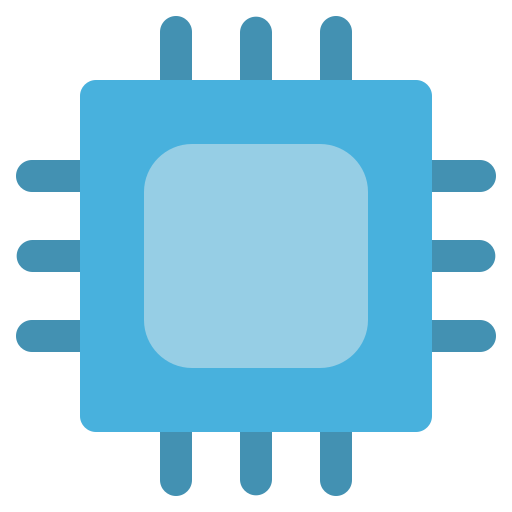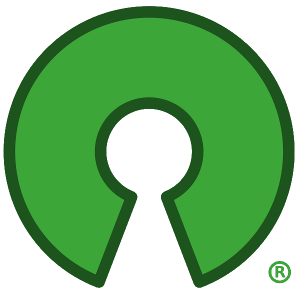

This seems fairly similar in capability to the Anbernic RG351P, which uses the same RK3326 processor (and by extension the same GPU), similarly has 1GB RAM, similarly has two sticks, and similarly has a conspicuous lack of integrated Wi-Fi. Biggest difference is the screen and body: 351 has a 3.5" 480x320 screen and this is 4" 800x680.
A bunch of Powkiddy devices use this processor too, like the Powkiddy RGB10, RGB20 and V10. Reviews for any of them should tell you how well this’ll perform.



No custom ROM on a recent smartphone technically gives you a fully open source Android system when they rely on vendor-provided proprietary blobs in order for basic hardware functionality to work at all. Unless you want to go without a modem, GPS, and likely more depending on your model, at which point it’s functionally no longer a smartphone.
Open-source custom ROMs are at least far more open-source than the alternative in most of the ways that matter most, including the ability to change the code in order to remove app installation restrictions, to avoid Google’s telemetry, etc.